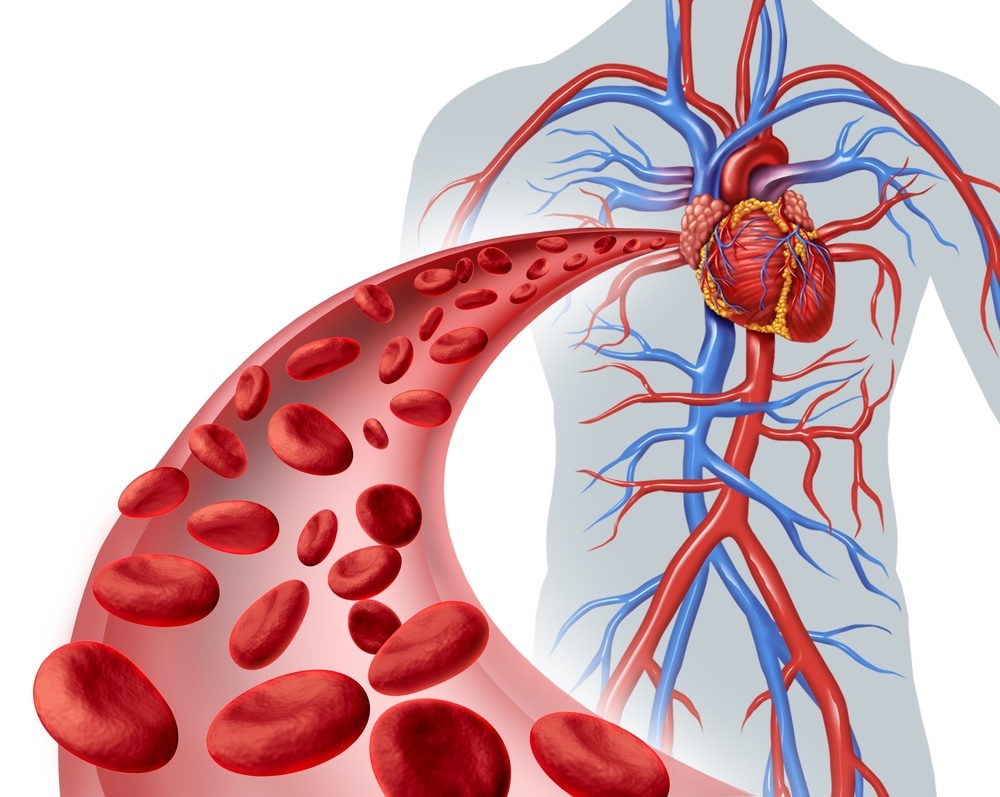You may have noticed the warning signs, but didn’t realize you’re having circulation problems.
Circulation problems can occur for many different reasons. Each one has to do with how well your heart pumps your blood to your organs and extremities.
Your heart feeds your entire body with oxygen and nutrients in the blood through your arteries. Consistent blood flow regulates your body’s temperature and ensures your pH levels are balanced.
When your circulation isn’t healthy, your body generally feels it in its extremities such as your legs and arms first. These are the furthest places your blood has to reach in your body and circulation problems can lead to signs in your fingers and toes first.
Related: Learn More about How L-arginine can Help Your Circulation
Typically, circulation problems inhibit enough blood from reaching your hands and feet as the body tries to ensure vital organs are receiving enough blood first.
What Causes Circulation Problems?
As previously mentioned, all circulation problems occur due to lack of adequate blood flow to the entire body. This could be for many reasons.
However, there are a few specific reasons circulation problems arise. Most can lead to more serious health issues if you don’t address them.
For the sake of this article, we will not cover circulation problems caused by cold weather because that is situational and can be easily fixed with more layers of clothing and increased activity.
Diabetes can also limit the feeling in your extremities, which is a key sign of circulation problems. Though it is often associated with sugar levels, diabetes can cause serious cramping in your legs, whether you are exercising or not as a results of poor circulation.
Obesity is another reason for circulation problems because excess weight and stress on blood vessels limit blood flow throughout the body. High blood pressure can also arise as a result, causing health issues as well as circulation problems.
Sitting for long periods of time whether you are obese or not can cause poor circulation problems. However, obesity can increase problems related to prolong sitting.
Sitting or standing for too long can decrease circulation throughout the body and cause swelling in your feet and legs.
Standing and stretching at least once an hour can alleviate the swelling and allow blood to flow more freely.
Blood clots can arise from various health issues such as high blood pressure. If a blood clot forms in the arms or legs, it can decrease blood flow and increase circulation problems.
Blood clots are also serious and can lead to heart attack if not monitored and taken care of properly.
Symptoms of Circulation Problems
Numbness and throbbing in your limbs and extremities are the most common signs of circulation problems.
If you cross your legs for too long, most likely one of your legs or feet with start to feel numb and tingly. Once you uncross your leg, blood rushes to your foot and feeling starts to come back.
The numbness is from blood being cut off to your foot and therefore feeling is lost and it falls “asleep.”
Throbbing and prickling feelings occur when blood reenters and filters through the stagnant blood and revitalizes your foot, making it feel “awake” again.
Treatment for Circulation Problems
There are many different ways to improve circulation. If your circulation problems arise from diabetes, obesity, or blood clots, talk with your doctor to find a solution.
Circulation can be addressed by your doctor and treated with prescribed medicine or supplements like l-arginine. L-arginine is an amino acid supplement which opens blood vessels and lets blood flow more freely.
Generally, better health choices and more exercise will encourage better circulation and lower chances for high blood pressure.
Standing and stretching frequently will also promote healthier blood flow and help your extremities get fed nutrients and oxygen properly.
If you’re concerned about your circulation and what causes circulation problems, be sure to discuss any concerns with your doctor. It’s also important to get your blood pressure checked regularly to help you avoid possible problems related to your cardiovascular health.
Resources
http://www.healthline.com/health/poor-circulation-symptoms-causes#Causes2
http://www.naturallivingideas.com/15-warning-signs-youve-got-poor-circulation/

